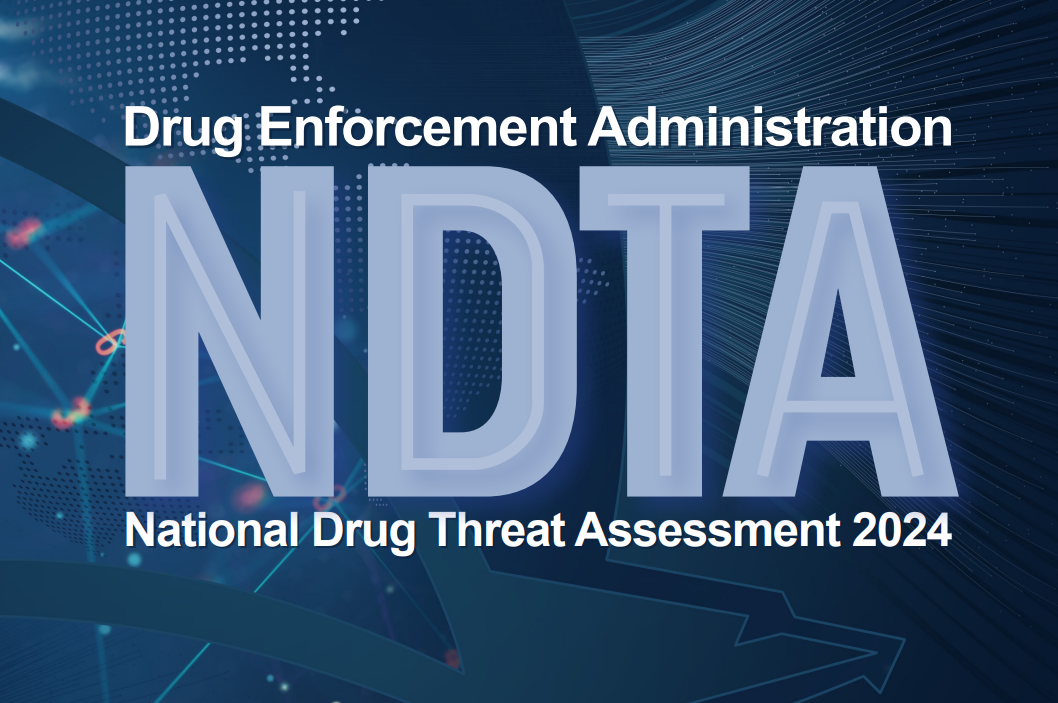In the ever-evolving landscape of cybersecurity, Artificial Intelligence (AI) has emerged as a powerful ally and, at the same time, a potential adversary. As businesses and governments worldwide adopt AI-driven solutions to combat cyber threats, experts debate whether this technology’s impact is a boon or a bane for digital defense.
The Good: AI Bolsters Cybersecurity Measures
AI has brought a new era of cyber defense by enhancing several aspects of cybersecurity. AI-powered algorithms can analyze vast amounts of data from various sources to identify patterns and anomalies, enabling quicker detection of cyber threats. This rapid response can thwart attacks before they inflict significant damage. Moreover, AI-driven cybersecurity systems can autonomously respond to threats, neutralizing malicious activities and preventing the spread of infections. This reduces the reliance on human intervention, enabling faster response times and potentially minimizing the impact of attacks.
AI also excels in behavioral analysis, learning from user behavior and identifying deviations from normal patterns. This helps in identifying insider threats and unauthorized access to sensitive information. Additionally, AI can efficiently scan networks and systems for vulnerabilities, prioritizing the most critical ones for remediation. This proactive approach improves cybersecurity posture and reduces the risk of successful attacks. Lastly, machine learning algorithms enable cybersecurity systems to learn from previous attacks and adapt their defense strategies accordingly, helping them stay ahead of emerging threats.
The Bad: AI Fuels Sophisticated Cyber Attacks
Despite the numerous advantages, AI’s potential for malicious use poses significant concerns. Cybercriminals are increasingly leveraging AI to develop more sophisticated and evasive attack techniques. From automated phishing attacks to AI-generated deepfakes, malicious actors exploit AI’s capabilities to deceive and manipulate targets. Moreover, AI algorithms enable the creation of polymorphic malware that can morph its code to evade traditional signature-based detection methods, making malware detection and containment more challenging.
AI-generated fake news, social media posts, and disinformation campaigns are becoming prevalent, leading to public distrust and potential manipulation of public opinion. Additionally, AI models used for cybersecurity can be manipulated through adversarial attacks, exploiting vulnerabilities in the algorithms and undermining the very systems meant to defend against them. The data-hungry nature of AI raises privacy concerns as it collects and processes vast amounts of personal information. Misuse or breaches of this data could lead to severe consequences for individuals and organizations alike.
The Balancing Act: Ethical Use of AI in Cybersecurity
As AI continues to evolve, policymakers, researchers, and industry leaders must focus on developing robust governance frameworks and ethical guidelines for AI’s application in cybersecurity. Striking the right balance between harnessing AI’s potential for defense and mitigating its misuse for nefarious purposes is critical. Ethical considerations, transparency, and accountability should underpin AI development, ensuring that AI technologies are used responsibly and do not inadvertently create more significant cybersecurity risks.
In conclusion, AI’s dual edge in cybersecurity showcases both its potential to fortify digital defenses and its capacity to amplify cyber threats. Navigating this complex landscape requires a collective effort to ensure that AI is harnessed for the greater good of cybersecurity while minimizing the risks it may pose.






